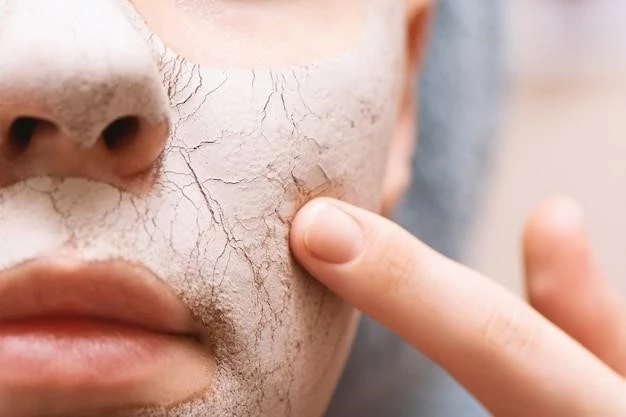INTRODUCTION. Peeling skin syndromes (PSSs) are a heterogeneous group of rare, autosomal recessive disorders characterized by superficial, painless peeling and blistering of the skin without mucosal fragility.
Definition and Classification
Peeling skin syndrome ichthyosis is a rare group of genetic skin conditions characterized by painless peeling and blistering of the skin. It can be classified into different forms such as acral peeling skin syndrome and generalized peeling skin syndrome.
Clinical Features and Symptoms
A key characteristic of peeling skin syndrome ichthyosis is painless peeling and blistering of the skin, commonly presenting on the hands and feet.
Presentation in Different Forms
Peeling skin syndrome ichthyosis can present in various forms, including acral peeling skin syndrome and generalized peeling skin syndrome. Each form has its unique characteristics and distribution patterns on the body.
Genetic Basis of Peeling Skin Syndrome Ichthyosis
Genetically, peeling skin syndrome ichthyosis is associated with mutations in specific genes, leading to the characteristic symptoms of painless peeling and blistering of the skin.
Mutations and Associated Genes
Peeling skin syndrome ichthyosis is caused by mutations in specific genes such as TGM5٫ CSTA٫ and CDSN. These mutations contribute to the unique symptoms and characteristics of the condition.

Differential Diagnosis of Peeling Skin Syndrome Ichthyosis
Peeling skin syndrome ichthyosis must be distinguished from other skin conditions such as epidermolytic ichthyosis and staphylococcal scalded skin syndrome. Proper diagnosis is essential for targeted treatment.
Distinguishing from Other Skin Conditions
Peeling skin syndrome ichthyosis must be differentiated from various skin conditions including epidermolytic ichthyosis, congenital ichthyosis, and staphylococcal scalded skin syndrome. Accurate diagnosis is crucial for appropriate management;
Treatment Approaches for Peeling Skin Syndrome Ichthyosis
Management strategies for peeling skin syndrome ichthyosis include targeted symptomatic relief, moisturization, and specialized dermatological care to alleviate symptoms and improve skin health.
Management Strategies and Therapeutic Options
Management of peeling skin syndrome ichthyosis typically involves symptomatic relief through moisturization, specialized skincare, and in severe cases, the use of topical or systemic treatments to manage the condition effectively.
Impact on Patients and Quality of Life
The impact of peeling skin syndrome ichthyosis on patients includes physical discomfort, challenges in daily activities, and implications for mental well-being. Managing symptoms is crucial for improving quality of life.
Challenges Faced by Individuals with Peeling Skin Syndrome Ichthyosis
Individuals with peeling skin syndrome ichthyosis encounter challenges such as physical discomfort, limitations in performing daily tasks, emotional impact due to the visible symptoms, and the need for lifelong management of the condition.

Research and Advancements in Understanding the Disease
Recent developments in pathophysiology studies have enhanced the understanding of peeling skin syndrome ichthyosis and shed light on novel therapeutic targets for managing the condition effectively.
Recent Developments in Pathophysiology Studies
Recent advancements in pathophysiology studies have provided insights into the molecular mechanisms underlying peeling skin syndrome ichthyosis. Understanding these pathways can lead to the development of targeted therapies for this condition.
